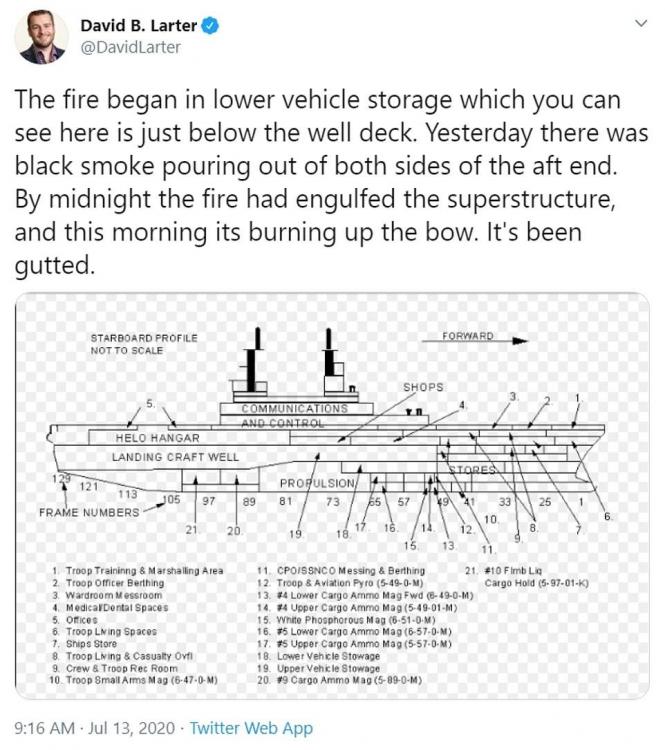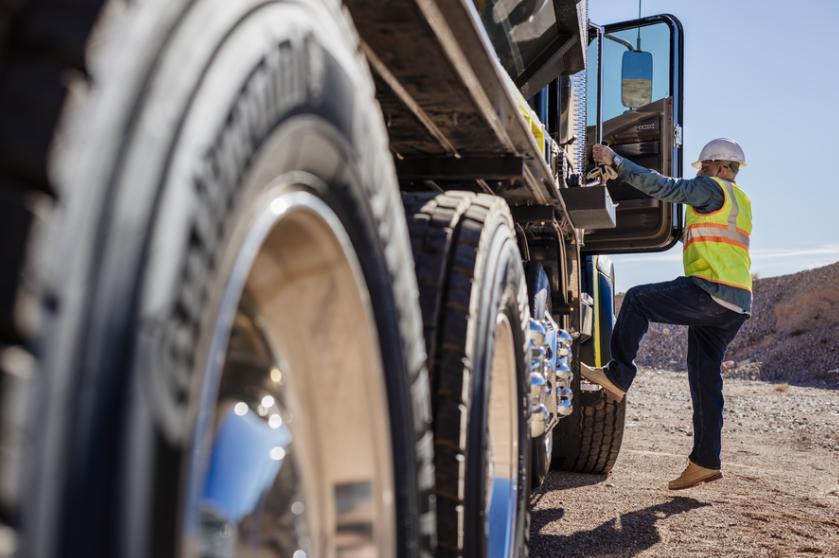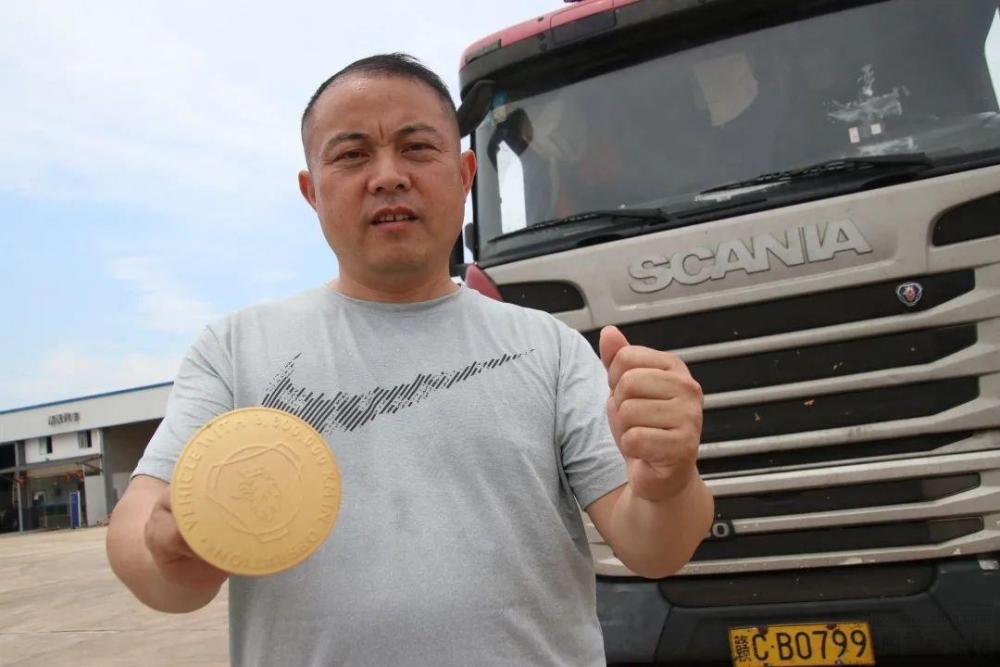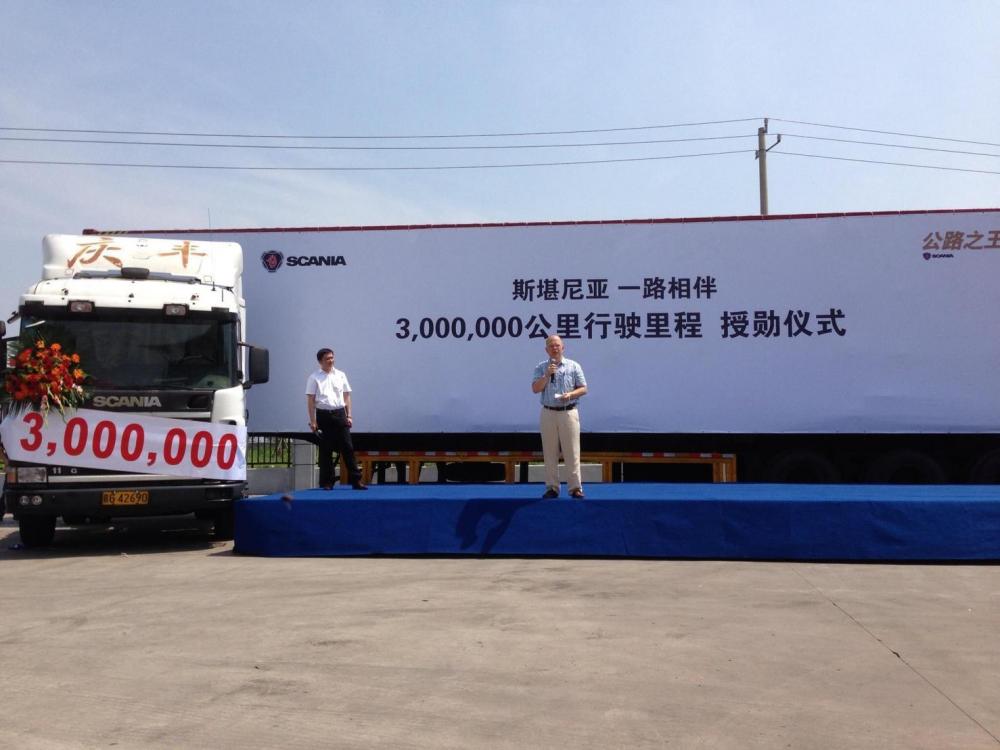
kscarbel2
Moderator-
Posts
18,895 -
Joined
-
Days Won
114
Content Type
Profiles
Forums
Gallery
Events
Blogs
BMT Wiki
Collections
Store
Everything posted by kscarbel2
-
At 8:01pm tonight, you could hear a pin drop at FCA headquarters. The Jeep brand has nothing to directly compete with this. Bill Ford is a very pleased and proud man tonight. Ford has a major all-new sales channel. I believe the Bronco will do wonders for reviving Ford's share price.
-
-
Pfizer and BioNTech receive permission from the U.S. Food and Drug Administration (FDA) to "fast-track" two vaccine candidates. Two of Pfizer and BioNTech’s four investigational mRNA-based vaccine candidates received fast track designation from the FDA. he designation was granted based on preliminary data from phase 1/2 studies that are currently ongoing in the U.S. and Germany as well as animal studies. The companies said a large, global Phase 2b/3 study may begin as early as this month.
-
International Trucks Press Release / July 13, 2020 If you’re not comfortable in your truck, you’re not comfortable on the road. That's why we've improved our door seals and redesigned the windows to reduce wind noise for a quieter cab. #DriverFirst .
-
Associated Press / July 12, 2020 Seventeen sailors and four civilians suffered minor injuries in an explosion and fire Sunday on board the USS Bonhomme Richard at its home port of Naval Base San Diego. The 3-alarm blaze was reported shortly before 9 a.m. The ship could burn for days “down to the water line” says San Diego Fire Chief Colin Stowell. . . .
-
First Convoy across America
kscarbel2 replied to mrsmackpaul's topic in Antique and Classic Mack Trucks General Discussion
-
Mercedes-Benz Arocs – a handsome eye-catcher
kscarbel2 replied to kscarbel2's topic in Trucking News
The M-B Arocs is a great artic Ted. I prefer cab-overs, the driving position, for the visibility. You’d be happy in a new K200. -
It's Never Been Easier To Purchase An International Truck
kscarbel2 replied to kscarbel2's topic in Trucking News
I was at first leery of the cheaper-for-IH-to-build S Series range, however they proved to be solid trucks worthy of respect. -
On behalf of everyone at Autocar, we would like to say, “Thank you” to Ed and Lillie Minshall for their donation of Autocar memorabilia to the Autocar Museum. Ed is not only a member of the Autocar family, but is a lasting legacy of the Autocar brand’s rich history. Ed's parents met as Autocar employees, and along with his uncle and brother, all contributed to Autocar’s success over many years. Ed’s donation of his family’s Autocar memorabilia collection will ensure that these artifacts are displayed publicly for others to enjoy. Thank you again to the Minshall family for this incredible gift. Always Up - Autocar Trucks .
-
This thread isn't about politics David. Joe Schmo could be president for all intents and purposes. This global pandemic, this virus, doesn't care about political differences.
-
It's Never Been Easier To Purchase An International Truck
kscarbel2 replied to kscarbel2's topic in Trucking News
Agreed that most American operators don't know of Traton. However, many know Navistar reintroduced Cummins power, making the EGR engines past history. Now, on road fleets are operating A26s with no more issues than the competition's engines have (e.g. Volvo, Paccar). -
It's Never Been Easier To Purchase An International Truck
kscarbel2 replied to kscarbel2's topic in Trucking News
I don't know about that. Today's market doesn't look back very far. -
It's Never Been Easier To Purchase An International Truck
kscarbel2 replied to kscarbel2's topic in Trucking News
The MAN D26 (Navistar A26) is proven superb powerplant. -
Barron's / July 10, 2020 Federal Reserve Bank of Dallas Bank President Robert Kaplan urged Americans to wear a mask, saying that it doing so would help the economy grow faster by slowing the spread of coronavirus. “If we all wore a mask, it would substantially mute the transmission of this disease and we would grow faster,” Kaplan said. “We would have a lower unemployment rate. We’d grow [the economy] faster and we’d be far less likely to slow some of our reopenings.”
-
Fellow BMT members, I began this thread meant as a serious discussion on Covid-19 developments. If you believe the virus is a hoax, lie or other, or have other thoughts unrelated to serious discussion of the virus, I humbly ask you to please by all means post your feelings on the CoronaFarce-rus thread which is, by name, intended for such thoughts. https://www.bigmacktrucks.com/topic/60880-coronafarce-rus/
-
Ford faces parts shortages as virus impacts Mexico factories Financial Times / July 10, 2020 Ford is facing potential parts shortages from suppliers in northern Mexico as the pandemic throttles production, threatening the ability of US factories to keep manufacturing vehicles. The governor of the state of Chihuahua, an important region supplying the US automotive industry, has barred employers from operating with more than half their workforce in an attempt to control the spread of Covid-19. “Due to COVID-19, the State of Chihuahua in Mexico has limited employee attendance to 50 per cent, a region in which we have several suppliers,” Kumar Galhotra, president of Ford’s Americas and International Markets Group, said in a statement. “With our US plants running at 100 per cent, that is not sustainable. While we do not expect any impact to production next week, we are continuing to work with government officials on ways to safely and constructively resume remaining production.” Besides suppliers, Ford operates an engine plant in Chihuahua where 2,400 workers make engines for its larger F-series trucks and the Escape crossover utility vehicle. Christopher Landau, the US ambassador to Mexico who has a reputation for speaking candidly, told an Atlantic Council webinar on Thursday that Ford was struggling to deal with capacity constraints at the engine plant. “Last night at the dinner I was talking to one of the senior executives from the Ford Motor Company,” he said. “They were saying they are going to have to start shutting down their factories in the United States as of next week if they don’t get that rolling.” The dinner he referred to was at the White House during Mexican president Andrés Manuel López Obrador’s visit to Washington. Óscar Albín, president of the National Autoparts Industry, said that while he had not heard about Ford’s problem specifically, in Chihuahua, “many car parts are not being produced to the needs of the car factories in the US and Mexico. In June, production was sufficient because the car factories were not working at 100 per cent either, but in July the [car] factories are at 100 per cent”. Asked if there could be shortages, Mr Albín added: “It’s not that there could be, there are. And not just Ford, all the factories in the US.” Luis Carlos Ramirez, Chihuahua president of Index, which groups manufacture-for-export industries, said Ford had started at 30 per cent capacity at the start of June, when the automotive industry was designated essential. At that time, under Mexico’s traffic light system which governs the gradual reopening of the economy according to the spread of the virus, Chihuahua was on red, but two weeks ago, it moved to amber and increased to 50 per cent. “We hope we will soon change to yellow and be on 80 per cent,” Mr Ramirez said. The only surprise in a carmaker experiencing supply chain problems in Mexico because of the pandemic was that it had not happened sooner, said Kristin Dziczek, vice-president of industry, labour and economics at the Center for Automotive Research in Michigan. She said trouble at the Chihuahua engine plant would be particularly painful because while all vehicle sales are down — Ford’s US sales plunged 33 per cent in the second quarter — demand for trucks had been more resilient. Furthermore, trucks were more profitable.
-
International Trucks / July 9, 2020 What are you waiting for? It's never been easier to buy an International Truck! Take advantage of no payments for six months. Learn more at https://bit.ly/30RK36f. .
-
Volkswagen management tumult spills over to truck subsidiary
kscarbel2 replied to kscarbel2's topic in Trucking News
If NAV falls under $6 again, I will buy again. (It fell to $5.99 on Jan 16, 2020, and $5.78 on Jan 20, 2020.) -
ENDTF673C, E6-250, E6-270, ENDT675, ENDT676, E6-350 (2VH), ENDT865, ENDT866
-
Scania Group China / July 9, 2020 Since 2013, Scania China has awarded a gold medal to customers who have driven a Scania truck for more than 3 million kilometres (1,864,114 miles). As reported by truck journal ZHKA (重型车网) on June 29, another two Scania trucks recently reached this impressive milestone. The recipient is a G 420 6×2, which has been in operation for nine years between Shanghai and Shenzhen. The other truck is a Scania G 380 6×2, which transports ordinary goods from Guangzhou to Wuxi. "It is very easy and convenient to drive a Scania truck. I don't have to worry about failures if I have the truck maintained regularly. I must complete the 1,400-kilometre long trip from Shanghai to Shenzhen in 22 hours, and I can make 12 round trips every month. The engine has never had a repair over the past nine year," said Tan Zhiping, owner of the G 420. These testimonies show that paying for quality pays off for the right application. More and more transports in China put high demands on the transport business. .
-
The US has 4 percent of the global population.........and 25 percent of infections.........from a virus that began on the other side of the world. A record 62,751 new infections were reported across the US on Wednesday, including 9,979 in Texas and 11,694 in California.
BigMackTrucks.com
BigMackTrucks.com is a support forum for antique, classic and modern Mack Trucks! The forum is owned and maintained by Watt's Truck Center, Inc. an independent, full service Mack dealer. The forums are not affiliated with Mack Trucks, Inc.
Our Vendors and Advertisers
Thank you for your support!













